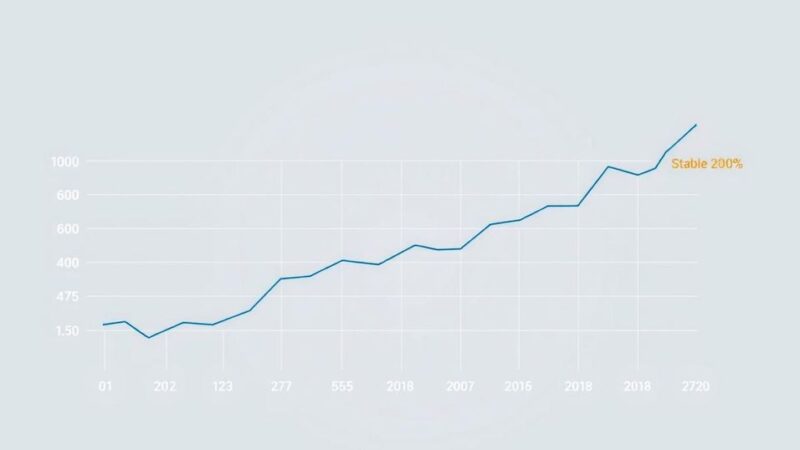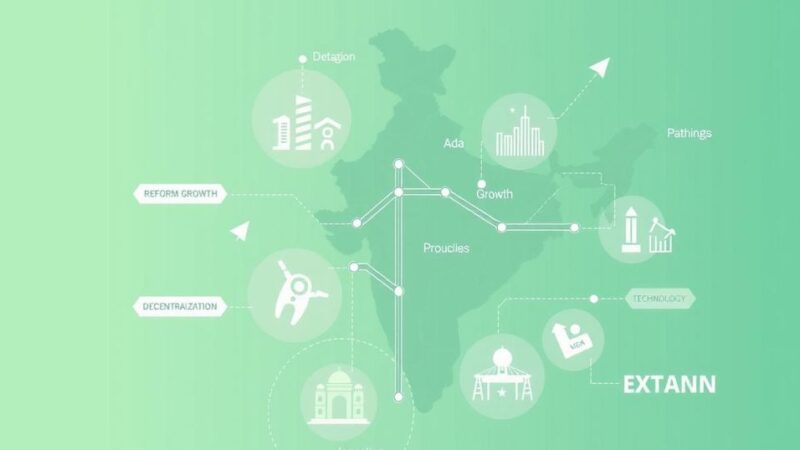- Brazil and Peru are the countries with the greatest educational disparities in Latin America.
- Reading comprehension gaps are most pronounced among low-income students in Peru and Colombia.
- In math, Brazil faces the highest level of inequality among students.
- Girls outperform boys in reading, but economic gaps remain significant.
- Low-income girls face a double disadvantage in math compared to boys.
Significant Disparities in Student Achievement
A recent report from the School of Education at Universidad Austral in Argentina lays bare the stark educational inequalities that persist in Latin America, primarily in Brazil and Peru. The findings, based on the 2022 PISA results conducted by the OECD, shed light on notable disparities in student outcomes, particularly when factors like socioeconomic status and gender are taken into consideration. The study surveyed student performance across seven different nations, namely Argentina, Brazil, Chile, Colombia, Mexico, Peru, and Uruguay, uncovering serious gaps in learning achievements amid their 15-year-olds.
Inequality Indicators in Math and Reading
According to the report, the largest inequalities in reading comprehension are found in Peru, Colombia, and Argentina, where only one in three low-income students understands reading compared to their high-income peers. In contrast, Chile presents a comparatively equitable situation, while Uruguay, Brazil, and Mexico show middle-ground disparities. The research also indicated that girls tend to outperform boys in reading across the region, but the gap due to socioeconomics remains significant and cannot be overlooked. In the realm of mathematics, Brazil leads the pack with the highest levels of inequality, revealing that just one in five low-income students meets minimum performance standards, compared to their high-income counterparts.
Proposed Solutions for Educational Disparities
Interestingly, though boys from lower-income backgrounds consistently outperformed girls in math, the dynamics shifted for wealthier students. For them, girls often scored higher than boys, but this was not the case in Mexico and Peru. The report also highlights a systemic issue faced by low-income girls, who experience a “double disadvantage” in math performance. Economists Eugenia Orlicki and Cecilia Adrogué, the authors of this stark report, advocate for specific policies aimed at addressing these gaps. Their suggestions include enhancing literacy programs, bolstering early childhood education, implementing focused math interventions, and incorporating a gender perspective into educational practices.
In summary, the findings of the report emphasize the ongoing challenge of educational inequality in Latin America, primarily highlighting Brazil and Peru’s significant achievement gaps. Despite some countries showing relative equity, the report urges that serious attention be paid to addressing the issues faced by low-income students, especially girls. Targeted policies and interventions are essential to ensure that inclusion translates into genuine educational outcomes for all students, regardless of their backgrounds.






